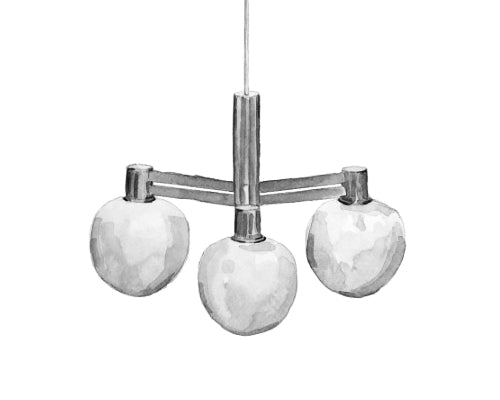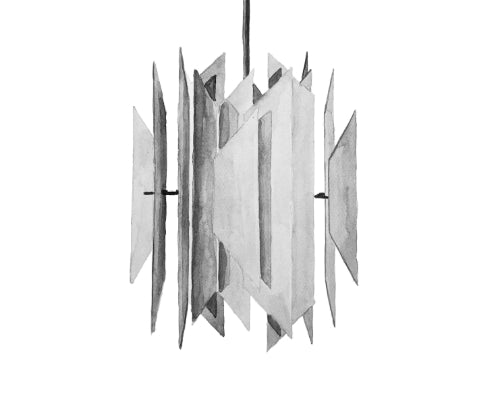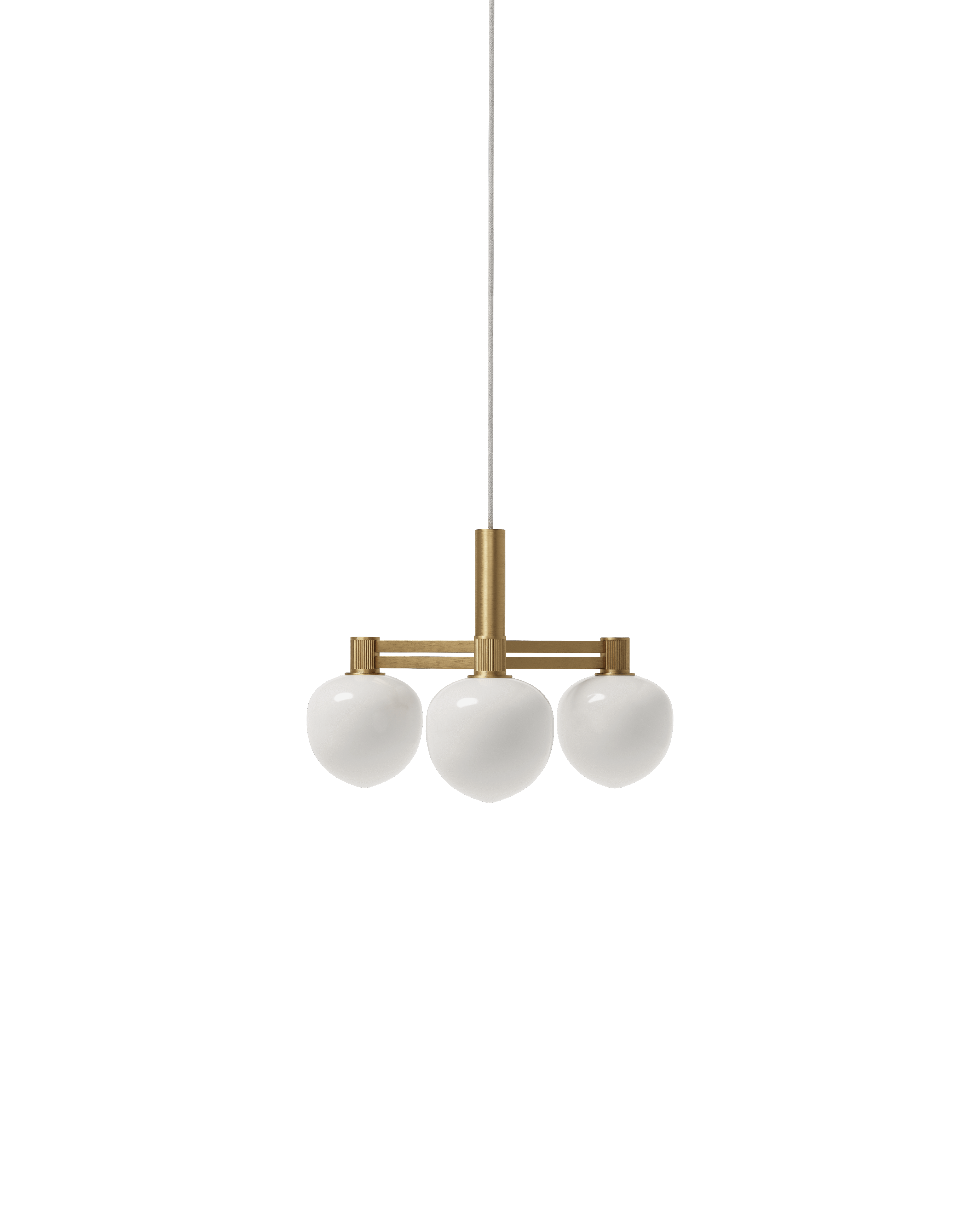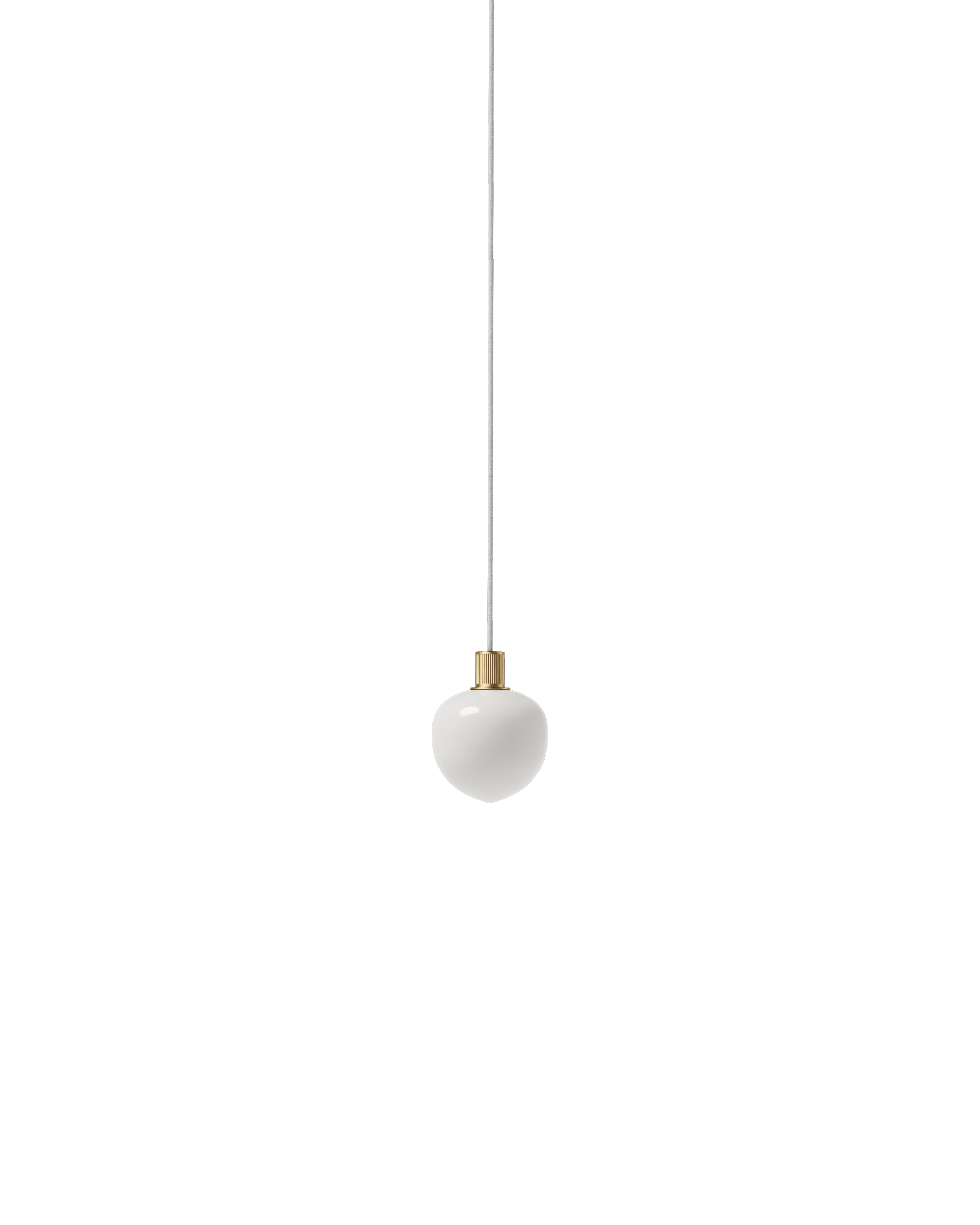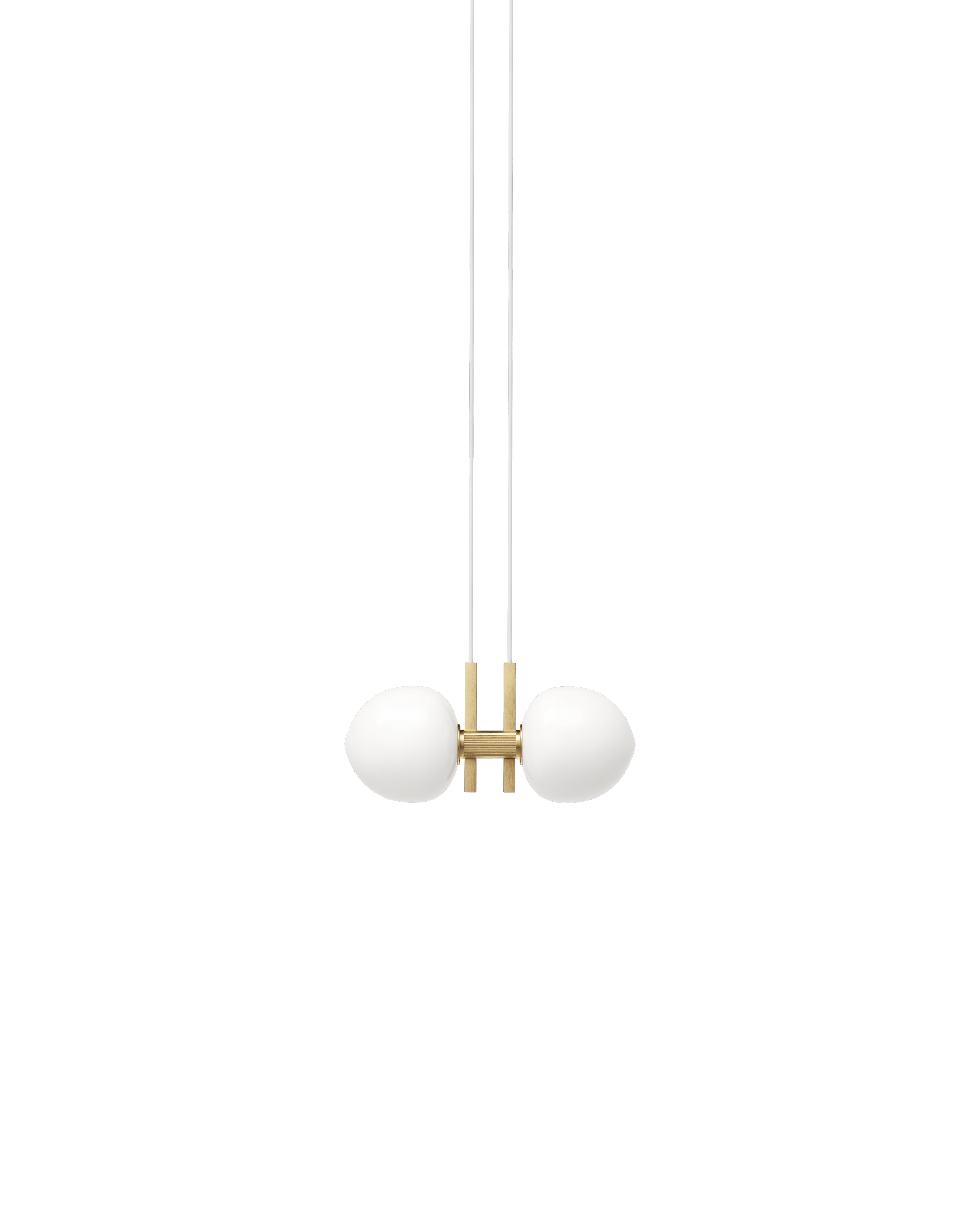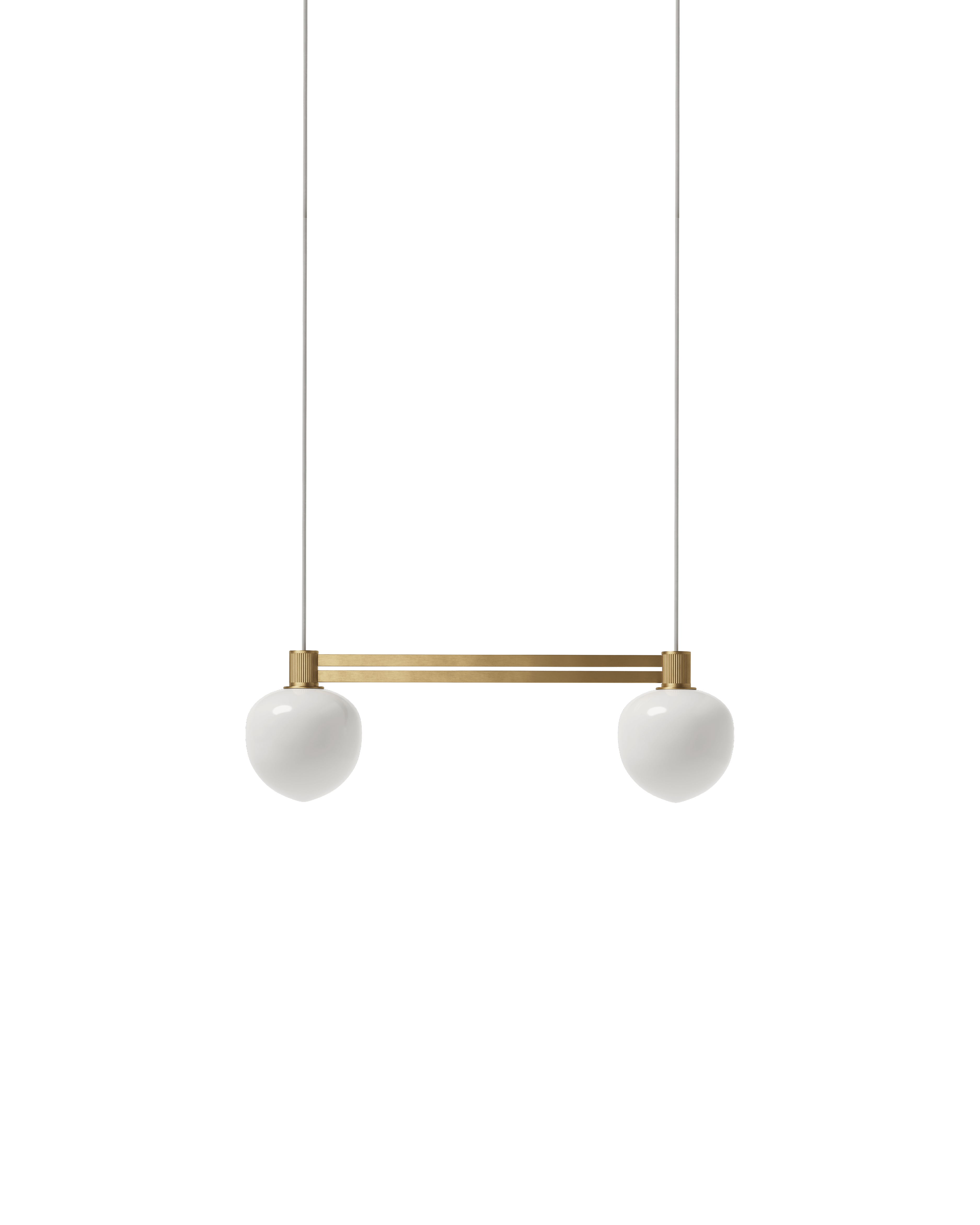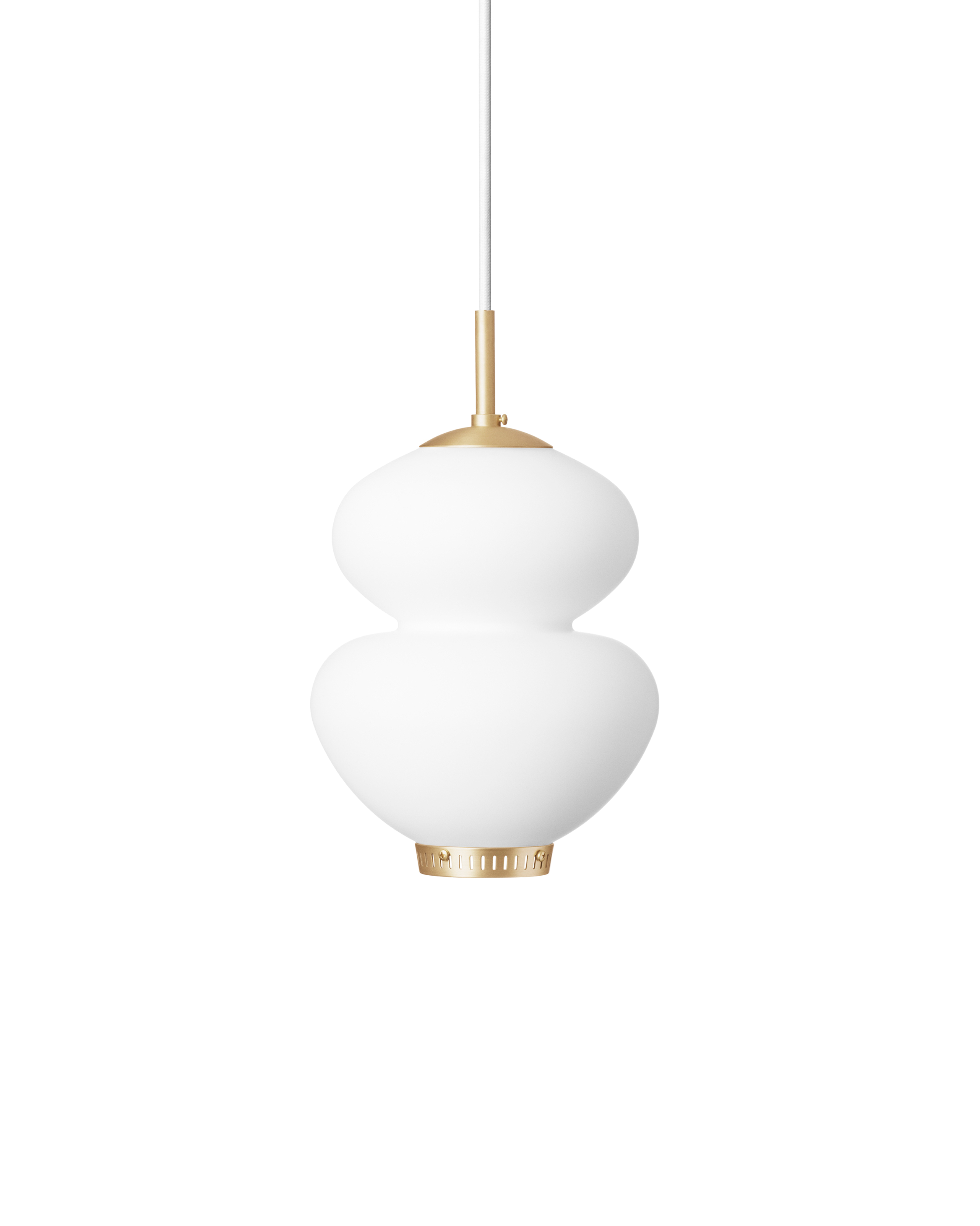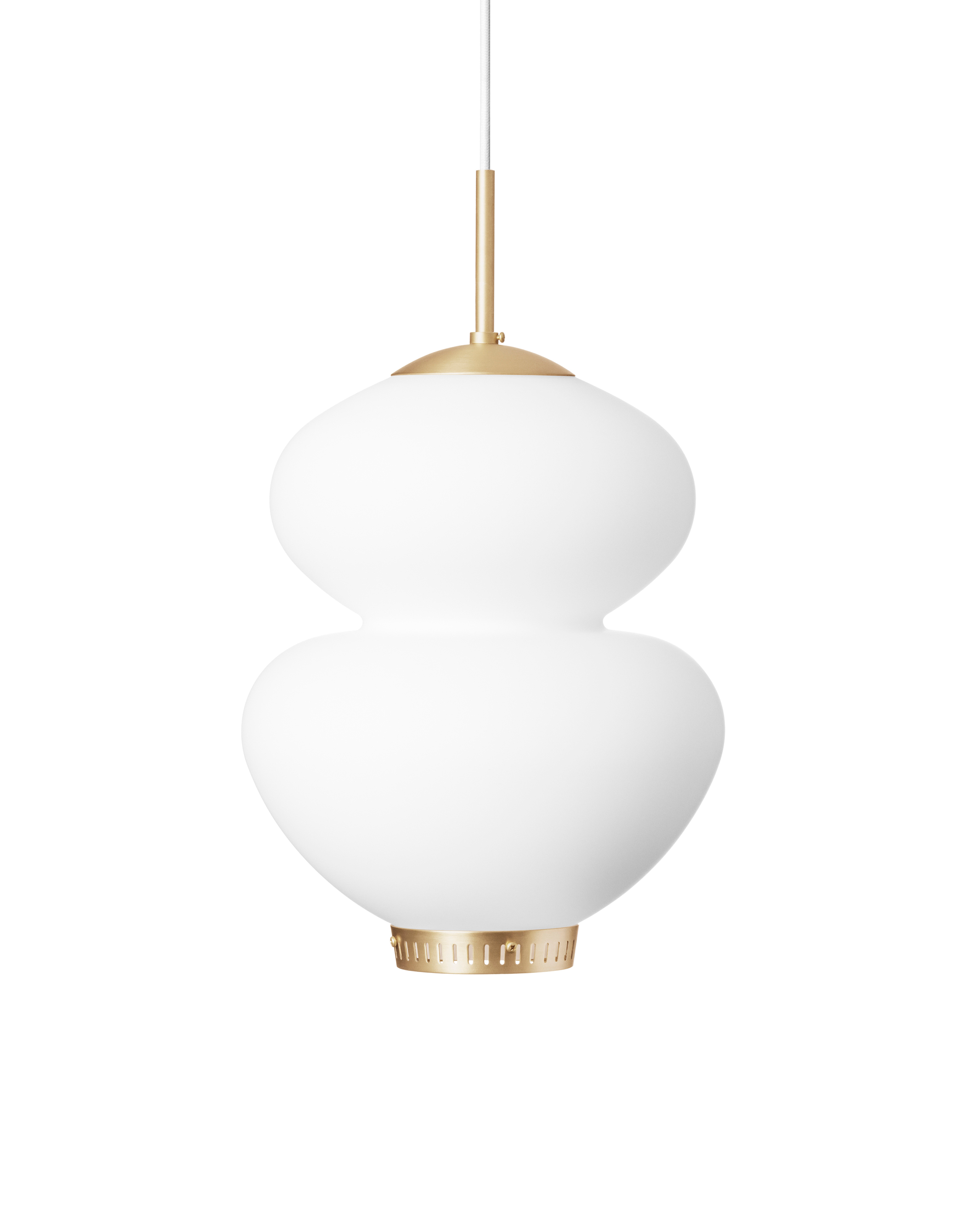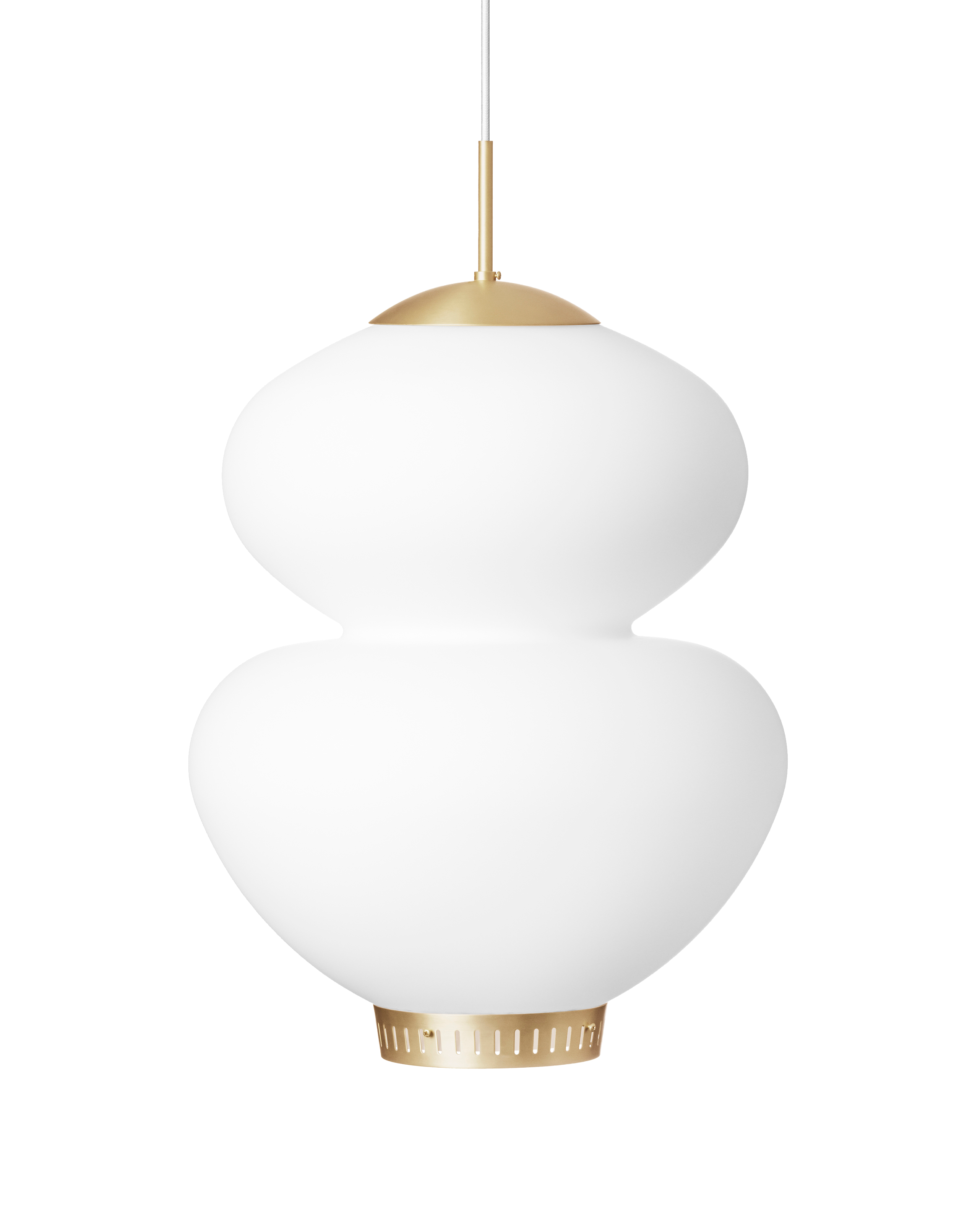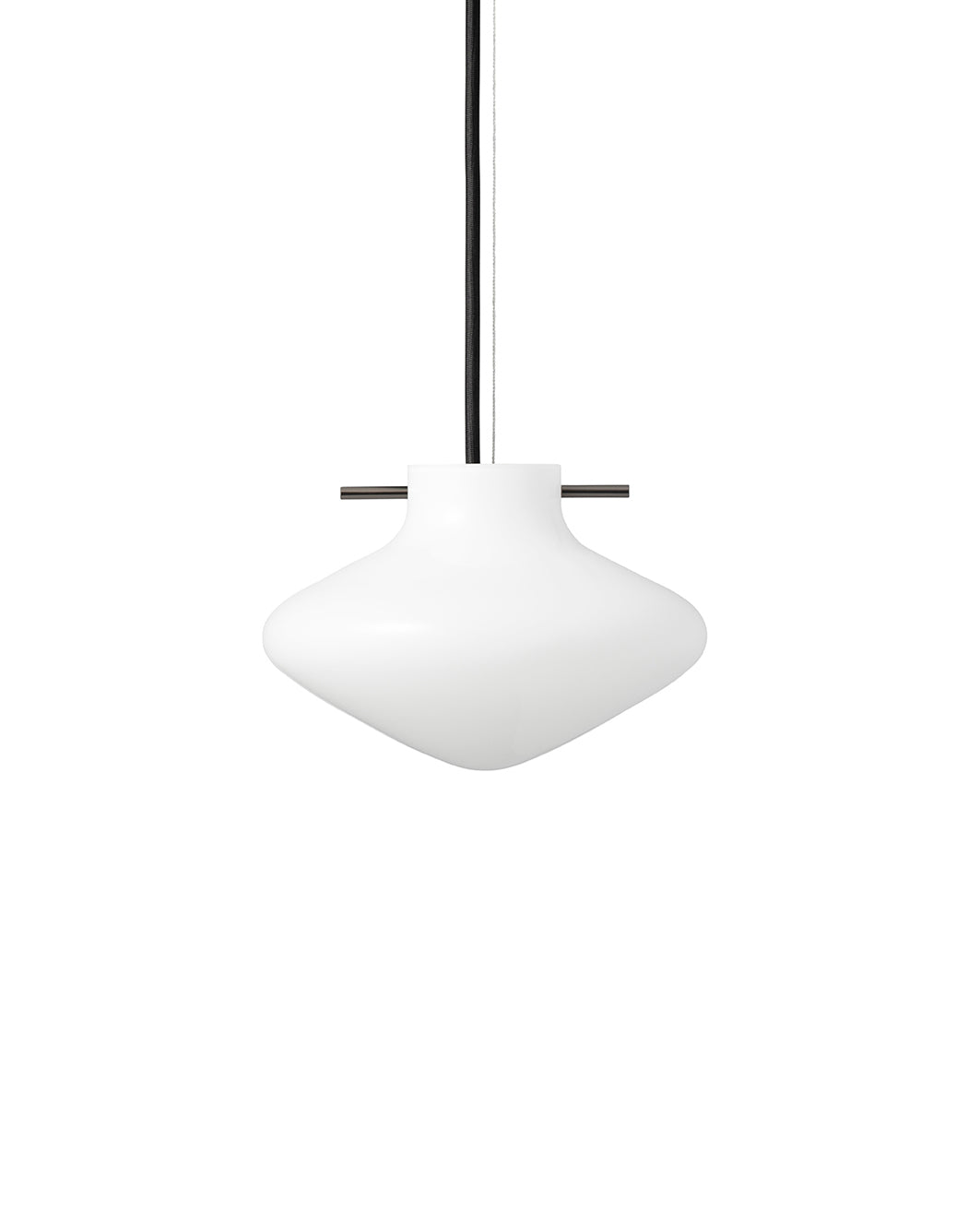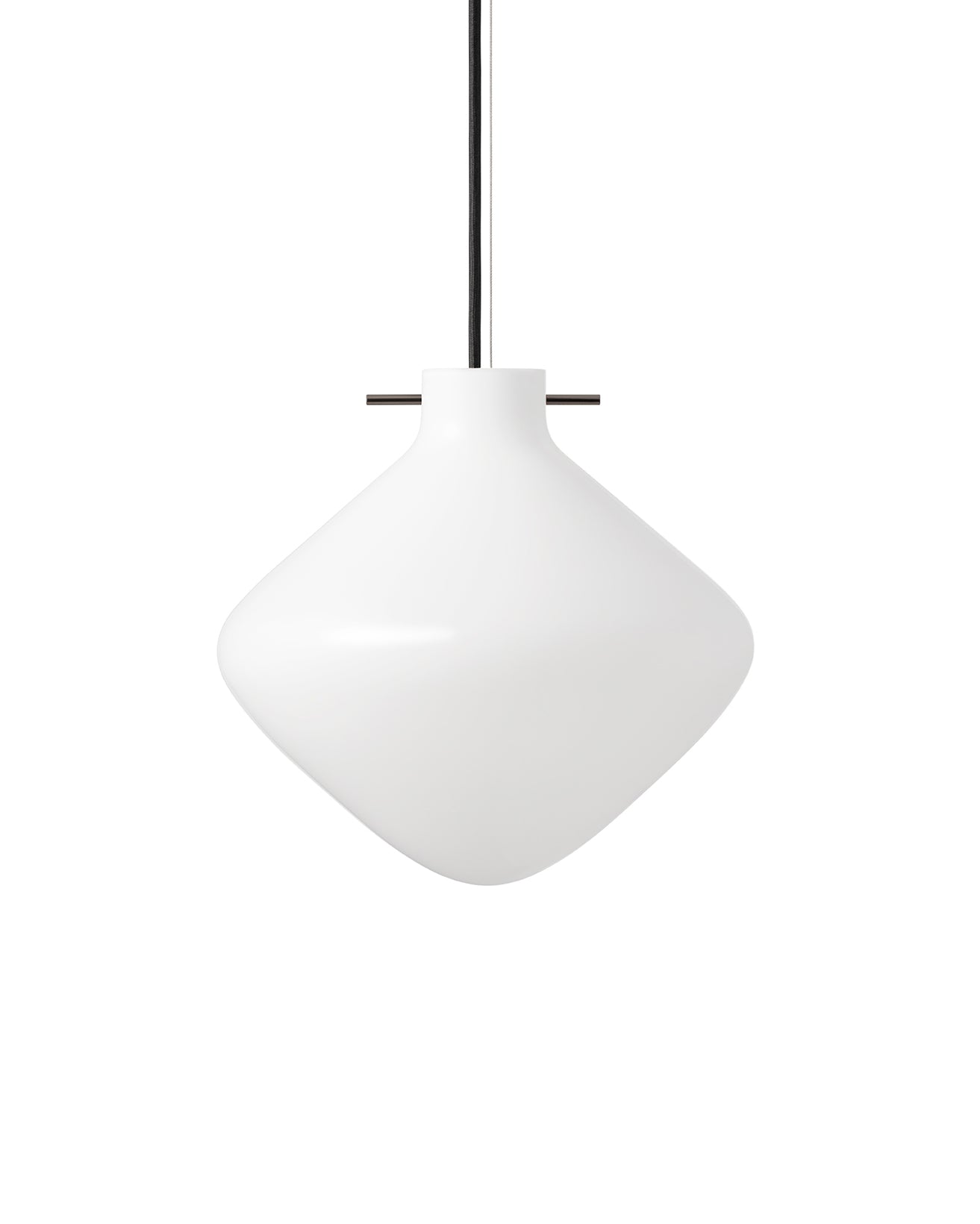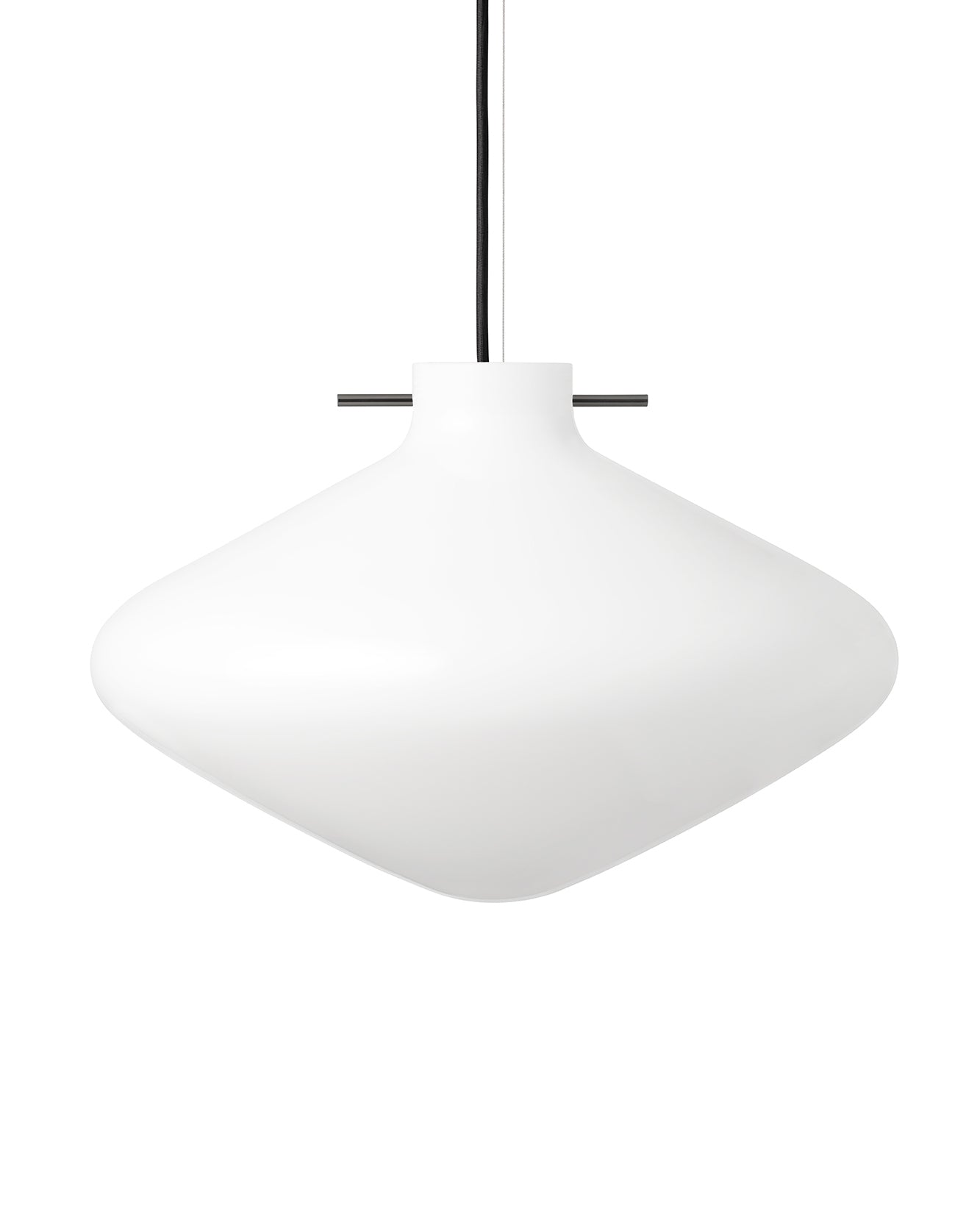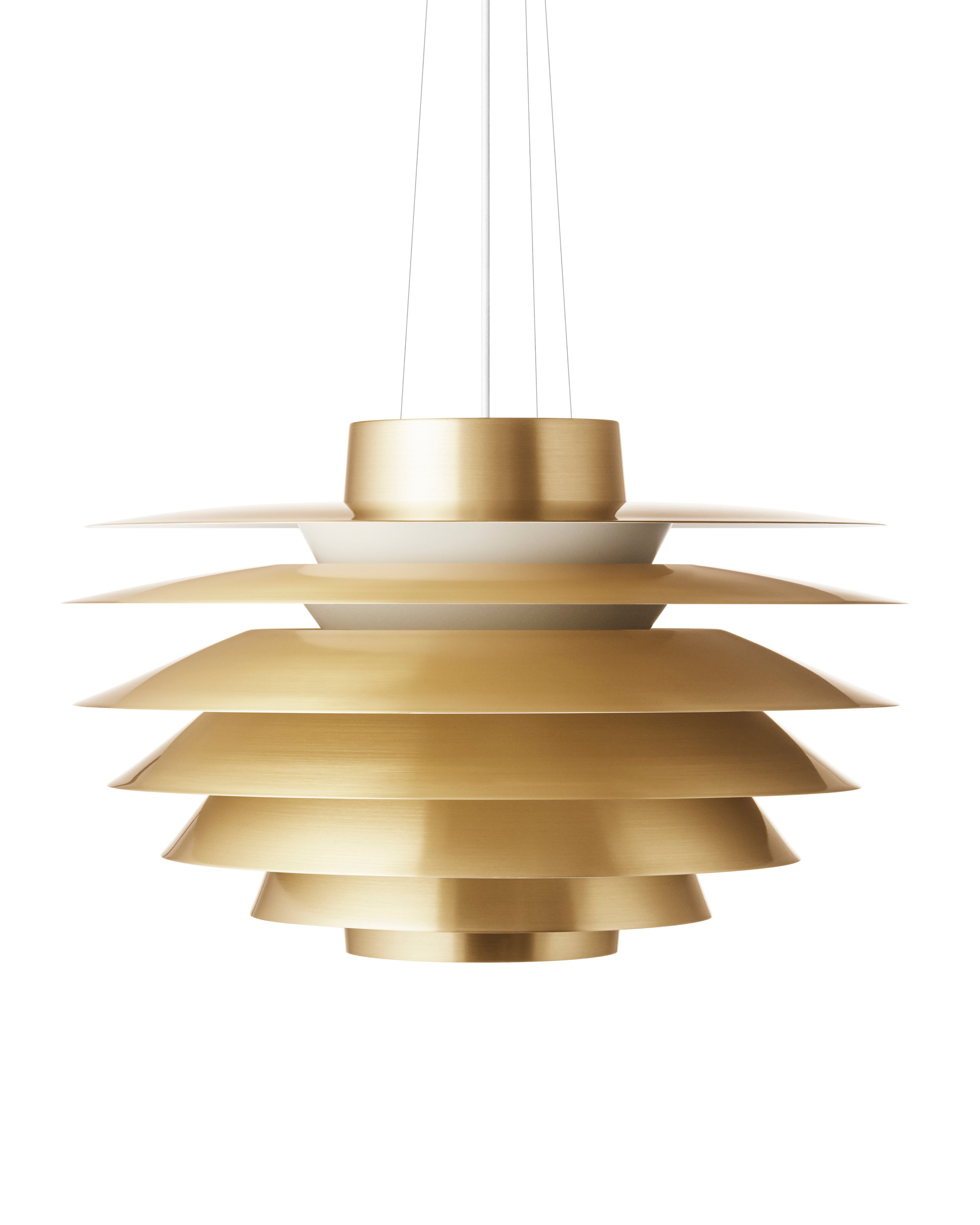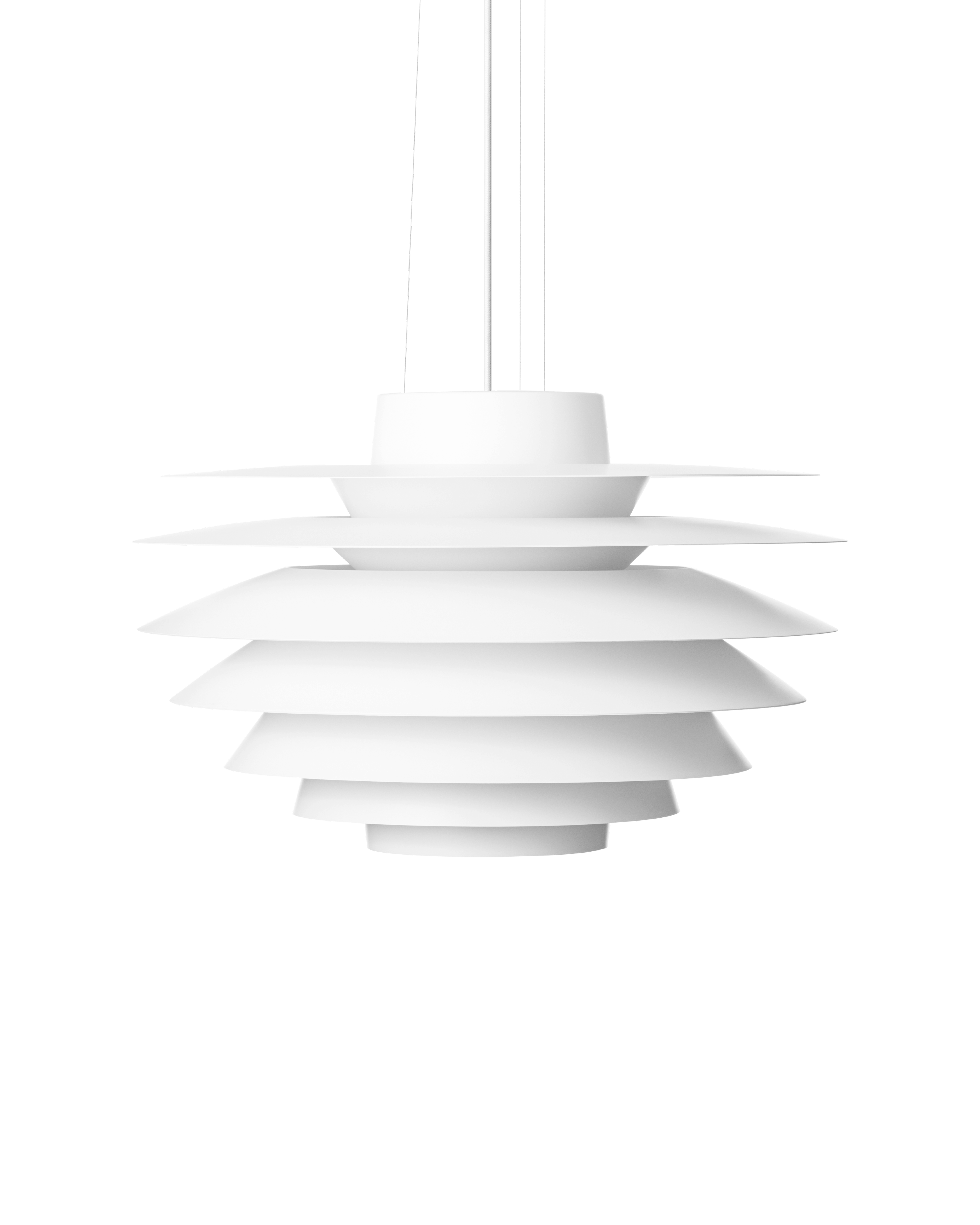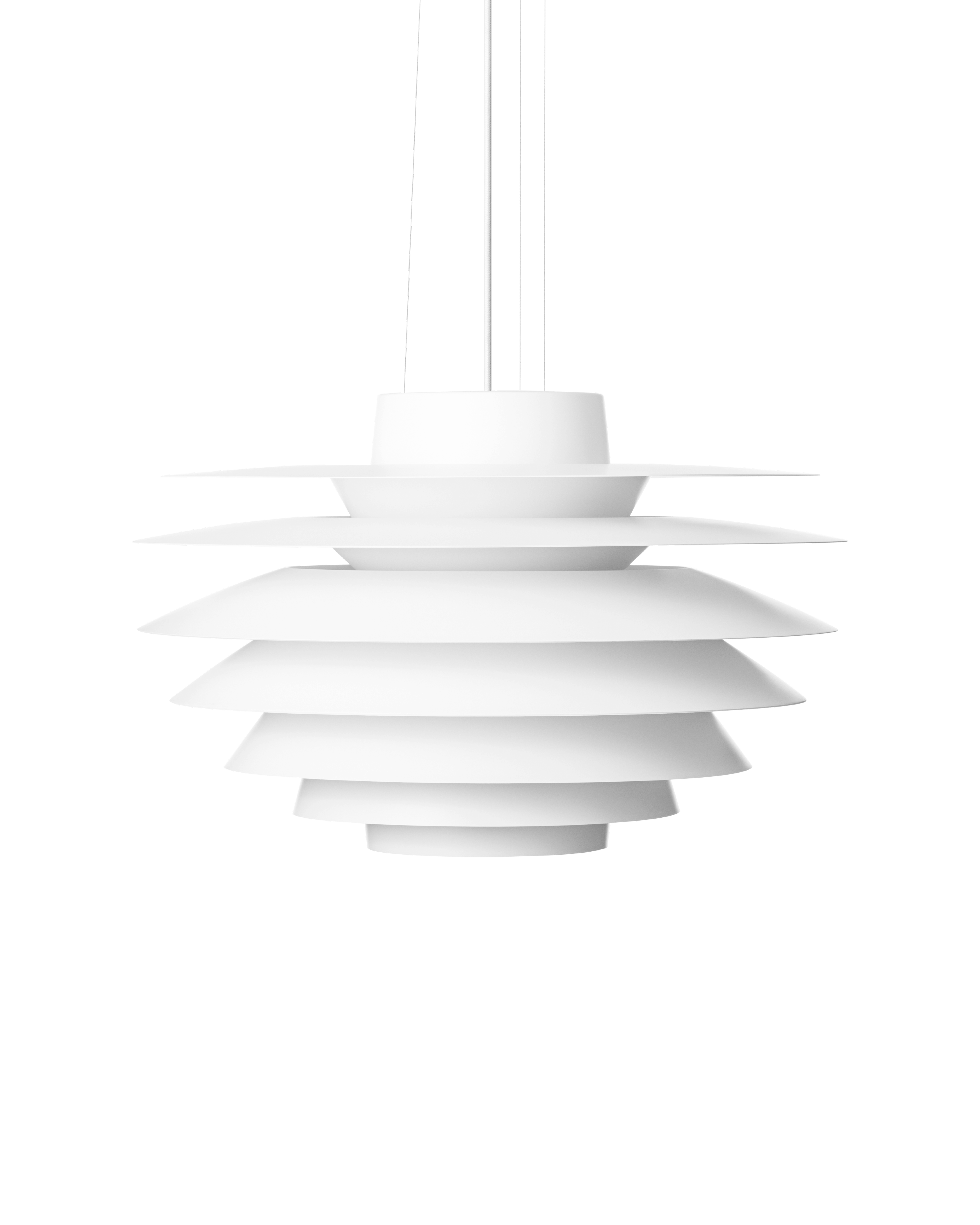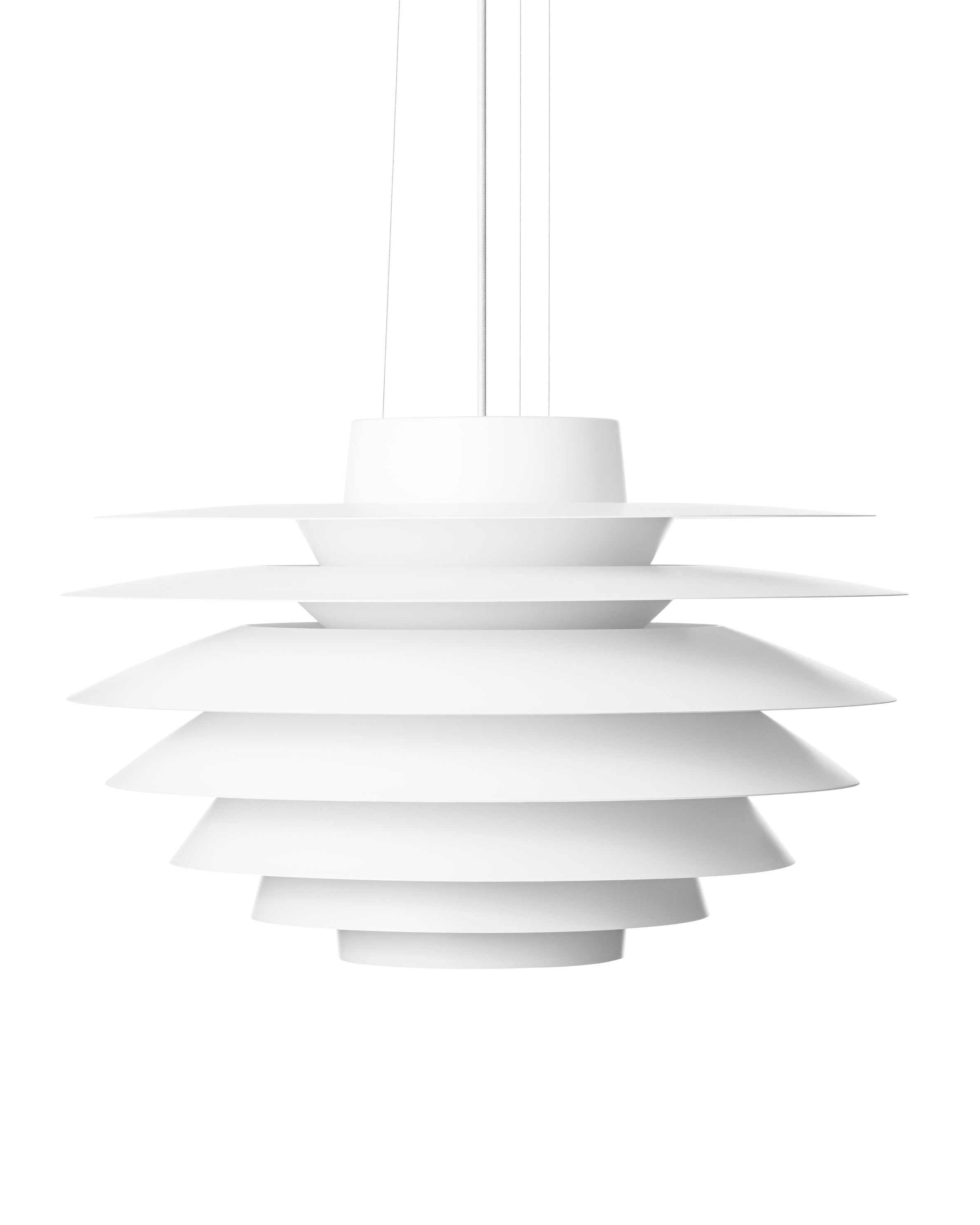Filters
ERGO / 250
Sale price€420,00
MEMOIR / Chandelier 120 III
Sale price€705,00
MEMOIR / Chandelier 120 V
Sale price€1.085,00
MEMOIR / Pendant 120
Sale price€230,00
MEMOIR / Pendant 120 II
Sale price€385,00
MEMOIR / Pendant Side By Side 120 II
Sale price€420,00
MEMOIR / Pendant Side By Side 120 III
Sale price€640,00
PEANUT / 175
Sale price€370,00
PEANUT / 250
Sale price€460,00
PEANUT / 400
Sale price€920,00
REPOSE / 175
Sale price€335,00
REPOSE / 260
Sale price€420,00
REPOSE / 400
Sale price€590,00
VERONA Brass / 720
Sale price€7.550,00
VERONA White / 480
Sale price€1.725,00
VERONA White / 600
Sale price€2.750,00
VERONA White / 720
Sale price€3.645,00
